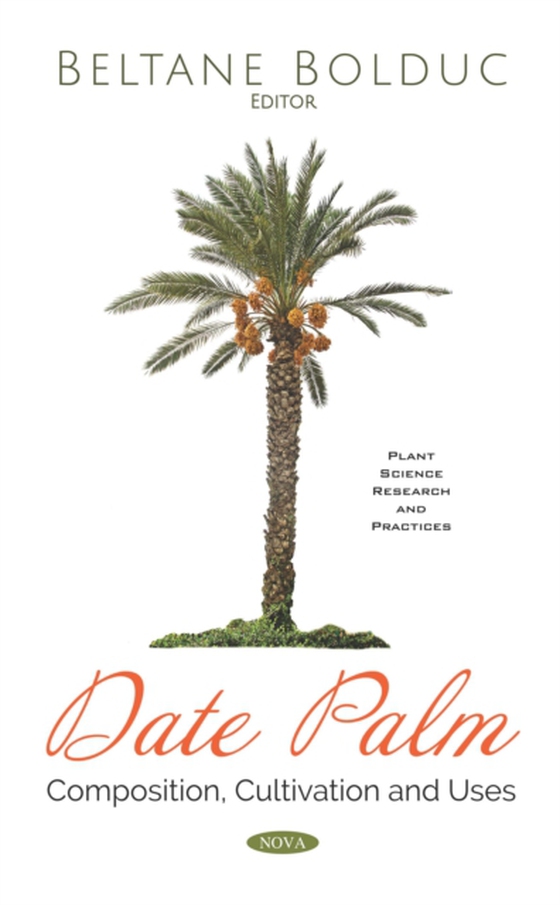
Date Palm: Composition, Cultivation and Uses e-bog
2190,77 DKK
(inkl. moms 2738,46 DKK)
TEST Date Palm: Composition, Cultivation and Uses first summarizes the bioaccesibility of bioactive compounds in several Phoenix species, P. dactylifera, P. reclinata, P. sylvestris and P. loureiroi, to foster the integration of herbal and modern medicine. Date palm propagation means by conventional techniques, biotechnology tools, and maintenance of plant material in the greenhouse prior to fi...
E-bog
2190,77 DKK
Forlag
Nova
Udgivet
27 december 2019
Længde
270 sider
Genrer
Commercial horticulture
Sprog
English
Format
pdf
Beskyttelse
LCP
ISBN
9781536166774
TEST Date Palm: Composition, Cultivation and Uses first summarizes the bioaccesibility of bioactive compounds in several Phoenix species, P. dactylifera, P. reclinata, P. sylvestris and P. loureiroi, to foster the integration of herbal and modern medicine. Date palm propagation means by conventional techniques, biotechnology tools, and maintenance of plant material in the greenhouse prior to field transfer are presented. An overview of field transfer of date palm vitro-plants is also provided. Following this, the authors discuss how experiments show that fertilizer addition is necessary for the improvement of date palm growth and increase of date fruits production. Date palm requires relatively great amounts of macro and micro nutrients to achieve good growth and give reasonable and economical production. Therefore, fertilization is one of the important practices that increases dates production and improves fruits quality. Artificial pollination is a distinguished and vital practice in commercial production of the date palm fruit. As such, the authors discuss how safe transfer of pollen grains to the female flower stigma at the proper condition is necessary in order for the ovule to be fertilized and the proper fruit set achieved. Date palm genetic resources have been preserved using in vitro micropropagation, and new elite cultivars are being produced using certain molecular breeding and biotechnological approaches. However, such measures are insufficient sustainable date palm production. This compilation proposes that it is time to introduce newly developed approaches such as high-throughput sequencing technologies, -omics technologies and CRISPR/Cas based approaches to revolutionize the date palm genetic improvement. Continuing, farm-level production, productivity and income of date farms in Nefzaoua, southern Tunisia is examined. The self-selection bias was mitigated due to the adoption of multilayer farming. Next, the authors discuss the most suitable irrigation water management strategy to minimize the effects of irrigation practices and future climate change on soil properties and on productivity of date palms. In the closing study, the effects of light and darkness on the germination and conversion of date palm somatic embryos to plants is studied. The observed results indicate that darkness is associated with increased proliferation and germination of somatic embryos.
 Dansk
Dansk

